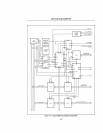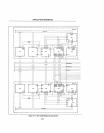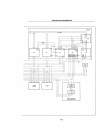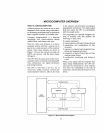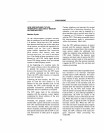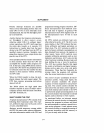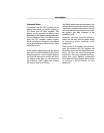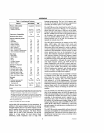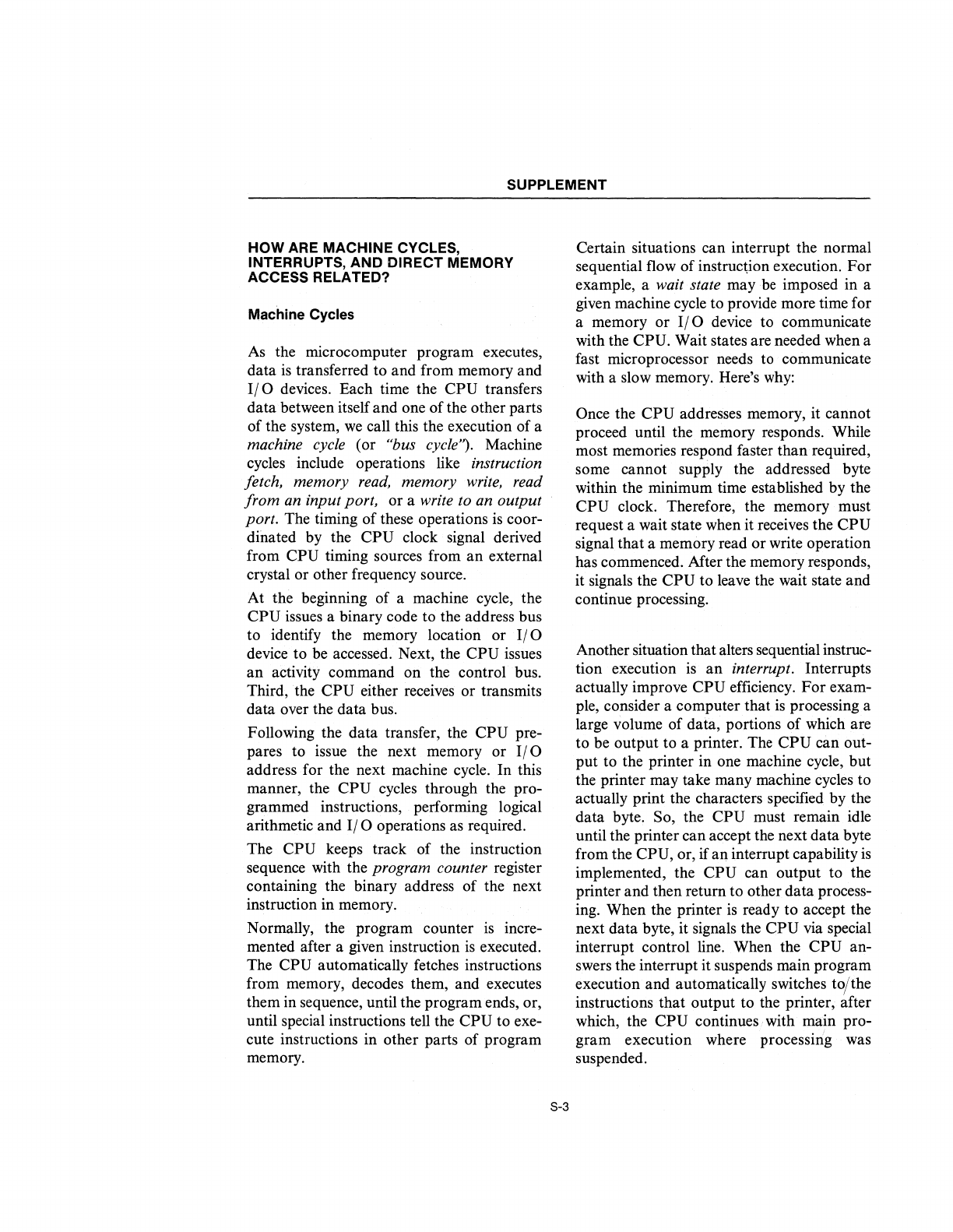
SUPPLEMENT
HOW
ARE MACHINE CYCLES,
INTERRUPTS, AND DIRECT MEMORY
ACCESS RELATED?
Machine Cycles
As
the microcomputer program executes,
data
is
transferred to and from memory and
110 devices. Each time the CPU transfers
data between itself and one of the other parts
of
the system,
we
call this the execution of a
machine cycle (or "bus cycle"). Machine
cycles include operations like
instruction
fetch, memory
read,
memory write, read
from
an input port, or a write to an output
port.
The timing of these operations
is
coor-
dinated by the
CPU
clock signal derived
from
CPU timing sources from
an
external
crystal or other frequency source.
At the beginning of a machine cycle, the
CPU
issues a binary code to the address bus
to identify the memory location or
1/0
device to be accessed. Next, the CPU issues
an
activity command on the control bus.
Third,the
CPU
either receives or transmits
data over the data bus.
Following the data transfer, the
CPU
pre-
pares to issue the next memory or
1/0
address for the next machine cycle. In this
manner, the
CPU
cycles through the pro-
grammed instructions, performing logical
arithmetic and
110 operations as required.
The
CPU keeps track of the instruction
sequence with the
program counter register
containing the binary address of the next
instruction in memory.
Normally, the program counter
is
incre-
mented after a given instruction
is
executed.
The
CPU automatically fetches instructions
from memory, decodes them, and executes
them in sequence, until the program ends, or,
until special instructions tell the
CPU to exe-
cute instructions in other parts of program
memory.
8-3
Certain situations can interrupt the normal
sequential flow of
instruc~ion
execution.
For
example, a wait state
maybe
imposed in a
given machine cycle to provide more time for
a memory or
110 device to communicate
with the
CPU. Wait states are needed when a
fast microprocessor needs to communicate
with a slow memory. Here's
why:
Once the
CPU
addresses memory, it cannot
proceed until the memory responds. While
most memories respond faster than required,
some cannot supply the addressed byte
within the minimum time established by the
CPU
clock. Therefore, the memory must
request a wait state when it receives the
CPU
signal that a memory read
or
write operation
has commenced. After the memory responds,
it signals the
CPU
to leave the wait state and
continue processing.
Another situation that alters sequential instruc-
tion execution
is
an
interrupt. Interrupts
actually improve
CPU
efficiency.
For
exam-
ple, consider a computer that
is
processing a
large volume of data, portions of which are
to be output to a printer. The
CPU
can out-
put to the printer in one machine cycle,
but
the printer may take many machine cycles to
actually print the characters specified by the
data
byte, So, the
CPU
must remain idle
until the printer can accept the next data byte
from the
CPU, or, if an interrupt capability
is
implemented, the
CPU
can output to the
printer and then return to other data process-
ing. When the printer
is
ready to accept the
next data byte, it signals the
CPU
via special
interrupt control line. When the
CPU an-
swers the interrupt it suspends main program
execution and automatically switches to/the
instructions that output to the printer, after
which, the
CPU
continues
..
with main pro-
gram execution where
processirig was
suspended.



